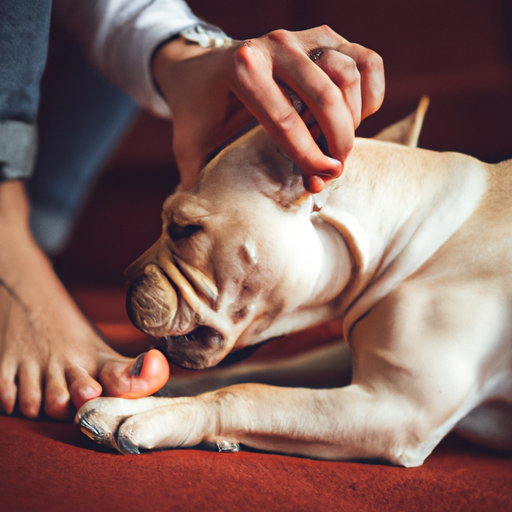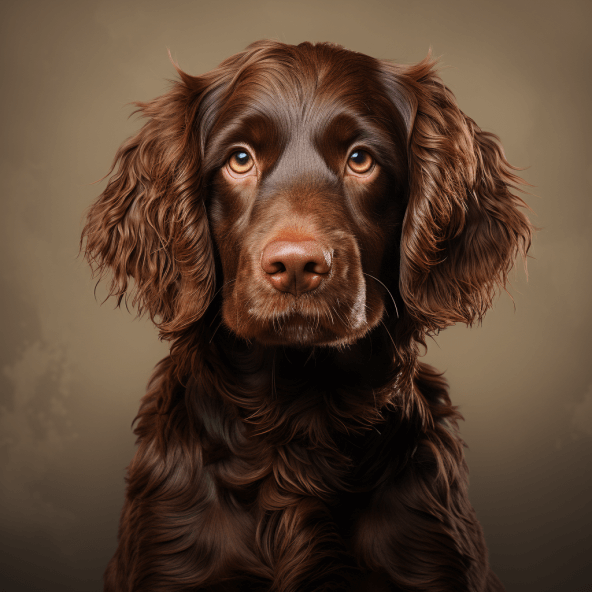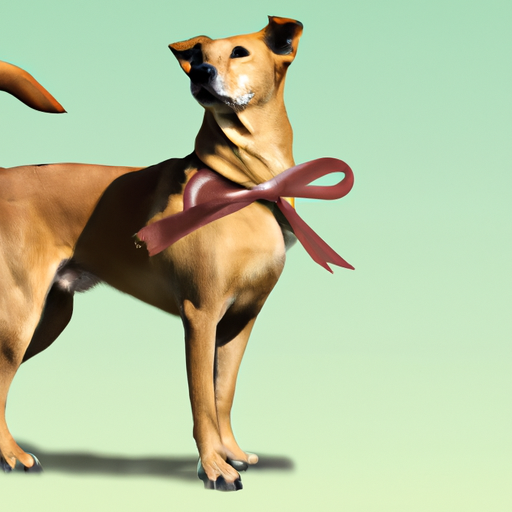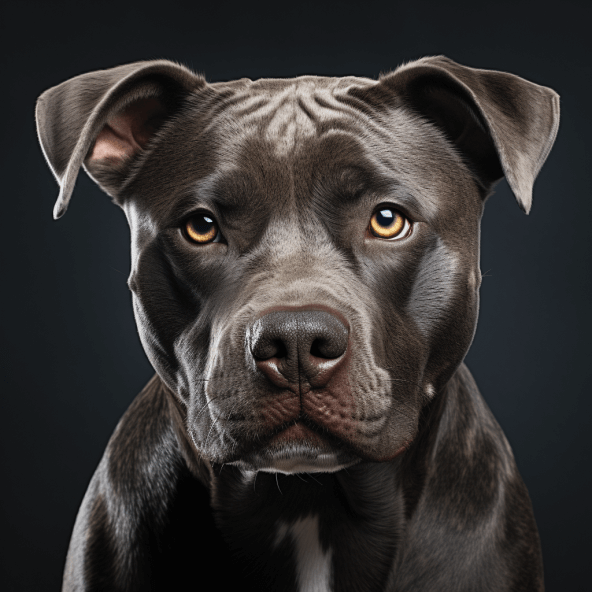Alaskan Klee Kai
Picture yourself strolling through a lush, Alaskan wilderness with your new trusty sidekick, the beautiful and unique Alaskan Klee Kai. This adaptable, agile, and distinctly good-looking breed is the focus of today’s discussion. Get ready to learn more about their temperament, key characteristics they possess, and the abundant reasons why this charming breed might just be the perfect addition to your four-legged family. Hold on to the leash tight—you’re about to embark on an exciting journey into the world of Alaskan Klee Kai.
Alaskan Klee Kai History
The Alaskan Klee Kai is a relatively new breed compared to others as it only made its appearance less than a century ago.
Origin of the breed
The breed originated in Alaska during the late 1970s. Linda Spurlin, a woman fascinated by Husky-type dogs, realized her dream of owning a smaller version of her much-beloved Huskies through selective breeding of Alaskan and Siberian Huskies, along with small schipperkes and American Eskimo dogs. Thus, the Alaskan Klee Kai was born, the name in the indigenous Athabaskan language meaning ‘small dog’.
Breeding goals
From the start, the aim was to create a small dog that could even live comfortably in apartments while retaining the physical characteristics and unique personality traits of the Husky. Breeding goals were focused on producing a healthy, small-sized dog with a striking resemblance to its big cousin, the Alaskan Husky, but friendlier towards humans.
Recognition by kennel clubs
While it took some time, Alaskan Klee Kai was finally recognized by the American Rare Breed Association in 1995 and the United Kennel Club in 1997. However, they are not yet recognized by the American Kennel Club.

Physical Characteristics of Alaskan Klee Kai
Alaskan Klee Kais bear an uncanny resemblance to the Alaskan Huskies, but in a tidier, smaller package.
Size and Weight
You’ll find these puppies in three sizes: toy, miniature, and standard. Toy Klee Kais grow up to 13 inches, miniature versions range from 13 to 15 inches while the standard breed can measure up to 17 inches in height. Regardless of the size, the weight is proportionate, varying between 10 to 20 pounds when they reach adulthood.
Coat types
Alaskan Klee Kais have a double coat, an undercoat that is short and soft and an outer coat that’s longer and coarser. This feature not only gives them a fluffy appearance but also helps them to adapt to cold climates.
Colour Variations
The breed comes in a variety of colors, including black and white, grey and white, and red and white. Some may even sport a rare all-white color, which’s not a standard for this breed.
Distinctive Features
The distinctive “mask” on their face, a trait inherited from their Husky predecessors, along with prick ears and a bushy tail that lightly touches their back are trademark features of this breed.
Alaskan Klee Kai Personality Traits
These unique dogs have a distinctive personality that sets them apart from other breeds.
General Temperament
The Alaskan Klee Kai is an intelligent, curious, and active dog, though they can be a bit aloof, especially around strangers.
Behavior with family members
With their family, these dogs are loyal, loving, and playful companions. They seek attention and may become unhappy if left alone for extended periods.
Behavior with strangers
They aren’t naturally sociable and might be reserved or wary around unfamiliar people. They tend to ‘scope out’ strangers before becoming friendly with them.
Behavior with other pets
Though they enjoy being the center of attention, they can get along well with other dogs if properly socialized. However, they may see smaller animals as prey.
Caring for an Alaskan Klee Kai
Caring for a Klee Kai is similar to caring for other high-energy dogs, but with some specifics.
Dietary needs
They thrive on high-quality dog food tailored for small breeds. It’s essential to keep an eye on their portions, as they can quickly become overweight.
Exercise requirements
Despite their small size, these dogs are highly energetic. They require daily exercise to keep them healthy and happy. Walks, play sessions, and agility training are good options for them.
Grooming needs
Their double-coat needs regular grooming. Brushing them weekly will help keep their fur clean and tangle-free. Bathing should be kept minimal, around once every few months unless they get particularly dirty.
Vaccination and Health Check-ups
Like any breed, regular visits to the vet for check-ups and vaccinations are crucial in keeping your pet healthy.

Training an Alaskan Klee Kai
If you’ve decided to bring home an Alaskan Klee Kai, know that training and socialization are factors that you should prioritize.
Training needs
Just like their Siberian Husky relatives, Alaskan Klee Kais are intelligent but can be a bit stubborn. Starting training at an early age can help shape their behavior and personality.
Common behavioral problems
Some common behavioral issues include separation anxiety, excessive barking, and a high prey drive. Regular training and socialization can alleviate these problems.
Effective training techniques
Positive reinforcement is the best way to train these dogs. Techniques such as clicker training, toy motivation, and treat motivation can be extremely effective.
Socialization needs
These dogs benefit from early socialization to encourage communication with other dogs and curb their natural wariness of strangers.
Health Concerns of Alaskan Klee Kai
There are some health concerns specific to this breed that potential owners should be aware of.
Genetic disorders
Alaskan Klee Kais can be prone to certain genetic disorders like Factor VII deficiency, a bleeding disorder, and auto-immune thyroiditis.
Common health issues
Apart from genetic disorders, common health issues include Luxating patella, cardiac concerns, and liver disease.
Life Expectancy
These dogs generally enjoy long, healthy lives, with an average lifespan of 12 to 16 years. Regular vet check-ups and maintaining their diet and exercise routine can contribute substantially to their lifespan.
Preventive Care
Regular exercise, healthy diet, pearly dental hygiene, routine vet check-ups and preventive treatments for fleas, ticks, and heartworms are some of the best ways to care for your Klee Kai’s overall health.
Adopting an Alaskan Klee Kai
Looking to add a Klee Kai to your family? Here’s what you should know.
Choosing a reputable breeder
When it comes to choosing a breeder, it’s important to do thorough research. A good breeder will show you where the dogs live, allow you to meet the parents, and provide health certifications.
Selecting a healthy puppy
Watch for signs of good health, like clear eyes, clean ears, and a shiny coat. Also, a healthy puppy should be active and interested in their surroundings.
Preparation for bringing a puppy home
Before you bring them home, make sure they have a safe, comforting space of their own. Prepare with the essentials like food, water and food bowls, a comfortable bed, leash, collar, chew toys, and grooming tools.
Living Conditions for Alaskan Klee Kai
Wondering how an Alaskan Klee Kai might acclimate to your home environment?
Ideal home environment
They ideally need a medium-sized yard to burn off their energy. If not, regular daily exercise can make up for the lack of outdoor space.
Adaptability to apartment living
Don’t worry city dwellers! These dogs can easily adapt to apartment living, as long as they’re given enough exercise and mental stimulation.
Suitability for multi-pet households
With the proper introductions and socialization, these dogs can live in harmony with other pets, although their high prey drive may cause problems with smaller animals.
Compatibility with children
These pooches get along well with older children who know how to respect a dog’s boundaries. However, they may not be the best fit for homes with very young kids due to their high energy level and occasional standoffish behavior.
Frequently Asked Questions about Alaskan Klee Kai
Here’s all you might want to know about this breed.
Do they make good family dogs?
Yes, they can make excellent family dogs for active families with older children. Their loyalty and affectionate nature make them a great addition to a home.
How much do they typically cost?
Alaskan Klee Kai puppies are typically quite expensive due to their rarity. Prices can range from $1,500 to over $3,000 for a puppy.
Are they good with other pets?
With proper socialization, these dogs can get along with other pets, but smaller animals might be perceived as prey due to their high prey drive.
How much exercise do they need?
These active dogs require at least an hour of exercise each day. This can be split into two walks or play sessions.
Myths and Misconceptions about Alaskan Klee Kai
As with any breed, there are a few misconceptions associated with Alaskan Klee Kai.
Misunderstanding due to Size
Despite their small size, Klee Kais are not lap dogs. They have high energy levels and need regular exercise to stay healthy and happy.
Common Stereotypes
One misconception is that they are low maintenance due to their size. However, like all dogs, they require regular grooming, exercise, and mental stimulation.
Truth about Aggression and Temperament
The breed can be aloof with strangers but with proper socialization, they can be friendly and outgoing. They are generally not aggressive, but wariness can be perceived as such.
Choosing Alaskan Klee Kai as a new family member is indeed a great experience. These small Huskies with their loyal, playful nature, intelligence, and unique looks make them a cherished pet for those who lead an active lifestyle and can offer a loving, stimulative environment.






